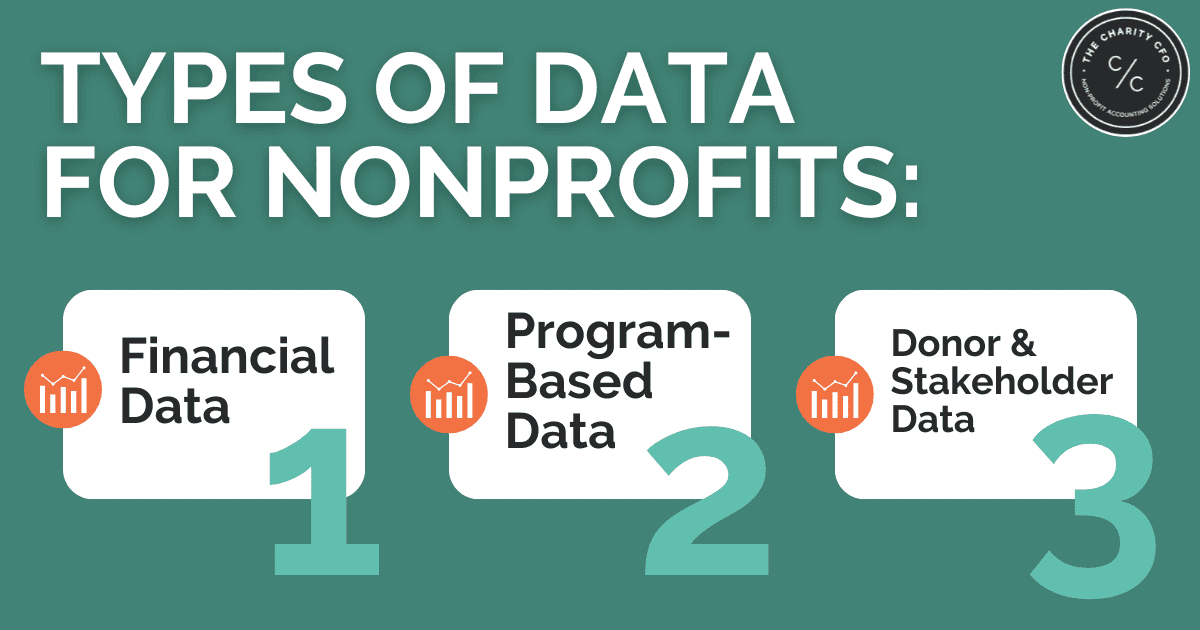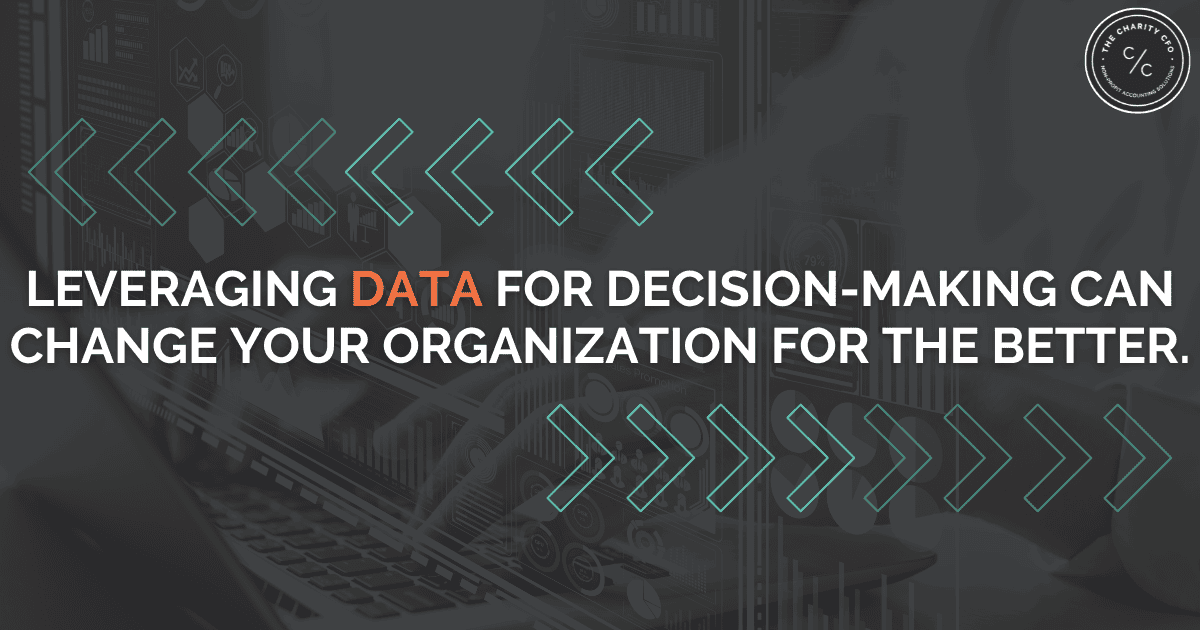How to Create Better Nonprofit Leadership Teams
No time to read this article now? Download it for later.
Your nonprofit organization relies on the knowledge and guidance of its leadership team to advance its mission. A strong leadership team makes it easy for your organization to reach its goals by effectively using resources and managing strategy.
However, nonprofit leaders face unique challenges that their for-profit counterparts don’t, such as limited resources or reliance on volunteers. Navigating these challenges is even more difficult when the nonprofit leadership team doesn’t work together efficiently.

If your leadership team isn’t working to their optimal potential, there are steps you can take to help create a better team environment. Try these strategies to help you get your leadership team on the same page so your organization can thrive.
Building a Balanced Leadership Team
Recruiting new hires for a nonprofit can be difficult, and finding the right fit for your leadership team can be incredibly challenging. To recruit–and retain–top leadership talent, consider these hiring strategies:
- Prioritize mission alignment during the hiring process by looking for candidates who believe strongly in the organization.
- Attract a diverse group of candidates by using targeted recruitment strategies.
The board of directors should also be involved in hiring and retaining leadership team members. The role of the board is to help shape and support the leadership team both during and after recruitment. The board of directors can help your leadership team stay focused on the mission by providing strategic guidance, advice, and oversight on key decisions.
Use a mix of internal promotions and external hires as you look for new leaders for your organization. This approach helps foster both fresh perspectives and continuity in the organization.
Developing Leadership from Within
Bringing in external candidates can help bring a fresh perspective to your organization’s leadership team. That doesn’t mean you should only hire from outside the organization.
Creating a leadership succession plan is essential for long-term leadership stability. Your succession plan creates a pipeline of internal leaders who have worked and studied under your existing leadership team. These new leaders understand the organization and are ready to step into larger roles when a vacancy comes up, helping your organization reduce periods of uncertainty between leaders.
You can use a variety of leadership development programs to get existing employees ready for leadership roles. Consider tailoring your leadership development programs to the needs of your nonprofit by focusing on:
- Mentorship and coaching
- Continuous learning opportunities such as workshops, seminars, or professional courses
- Internal development programs designed to train for specific leadership roles
In addition to leadership development training, your organization needs to foster a culture of growth and development from the top down. Give employees a chance to grow in their current roles and explore potential new roles within the organization. Not only does this help with leadership succession planning, but it also shows employees that the nonprofit values them and wants to invest in their future.
Encouraging Collaboration and Communication
One of the biggest issues facing leadership teams in both nonprofit and for-profit organizations is a lack of communication and collaboration. This lack of communication creates silos within departments, making it difficult for the organization to work as one cohesive unit as each department takes on its own tasks.
Use these strategies to enhance teamwork and increase collaboration among leadership:
- Host regular leadership meetings with clear agendas and goals.
- Create open channels of communication and feedback loops so leadership stays in contact with non-leadership teams.
- Create cross-departmental projects that encourage collaboration to break down silos.
Ultimately, you want a leadership team that trusts one another–both with the organization’s future and with one another’s departments. You can reach this level of trust through transparency and open communication among the leadership team.
Aligning Leadership with Organizational Goals
An organization’s leadership team guides the nonprofit in every aspect, so you need to be sure your leadership is aligned with the organization’s goals and mission. You can make sure leadership teams are aligned with the nonprofit’s mission and strategic goals by setting clear expectations and regularly reviewing and adjusting leadership strategies.
Creating clear expectations for leadership helps your leadership team understand their specific responsibilities for their department and the organizaiton as a whole. Be sure to use measurable objectives to help track leadership performance and keep the team on track.
Additionally, regularly reviewing the leadership team’s strategies–and adjusting them as necessary–keeps the team aligned with the nonprofit’s goals. As the organization’s goals or metrics evolve, so should the goals and strategies of the leadership team.
Nonprofit Leadership Teams Drive the Organization
Your organization’s leadership team is the captain of your organizational ship. They need to be able to work together as a unit to help your nonprofit meet goals and maximize success. Without a strong leadership team to guide it, your nonprofit won’t run efficiently and could face financial troubles or staff and volunteer shortages.
Get started today to create a leadership team that drives your mission forward. Evaluate your current leadership structure and consider implementing these strategies to enhance your team’s effectiveness.
Many nonprofits find their leadership teams lack an experienced financial professional who knows nonprofit accounting and financial strategy. If this sounds like your organization, reach out to The Charity CFO today to learn more about CFO and nonprofit accounting services.
No time to read this article now? Download it for later.






